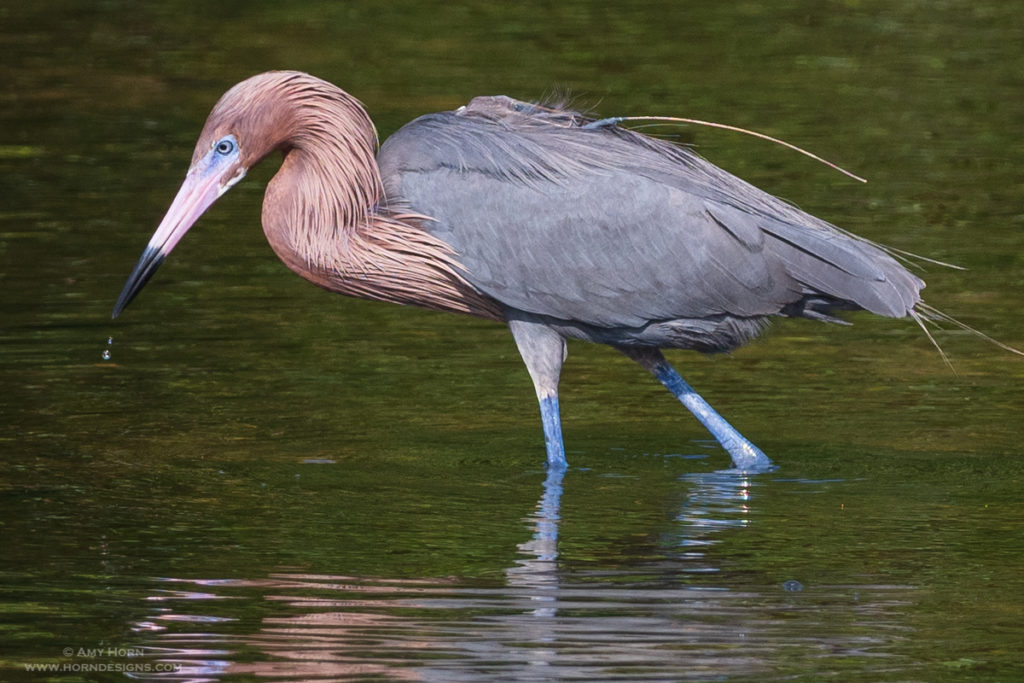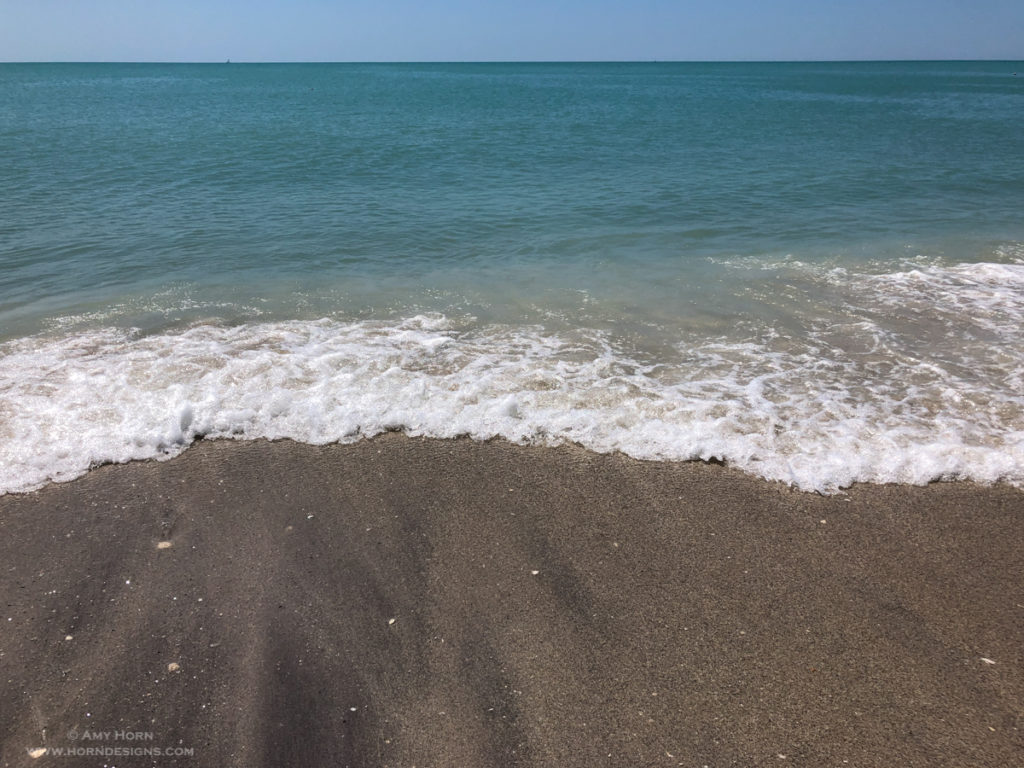
My first time in Florida was 35 years ago and that trip was centered around visiting family and going to the newly opened Epcot Center. This year, I returned to the area with my husband and the trip was full of beaches, wildlife and seafood. Our 10-day trip was relaxing and I thought I would share some of the highlights here.
Matlacha
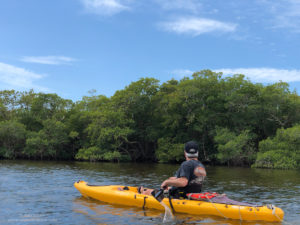
When we planned our trip, our goals were to see Sanibel Island and the Everglades. We didn’t want too much planned and chose to make up the itinerary as we went. As a result, we booked flights into Fort Myers and found a small Airbnb in Matlacha with kayaks. Matlacha is a small island between Cape Coral and Big Pine Island and an inexpensive alternative to Sanibel Island. During our first day, we recovered from jet lag by taking out the kayaks. It was as easy as walking out the back door. With the protection of Big Pine Island, paddling was a cinch and we investigated the mangrove trees up close. In addition, dinner was a short walk from the house where we ate fresh gulf shrimp on the waterfront and enjoyed local brews.
Sanibel Island
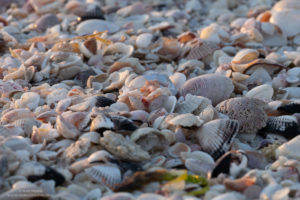
Our interest in Sanibel Island came from Rod’s research before our trip. He read about great shelling on the island and his research was right. We spent hours at several beaches on Sanibel Island in search of the best seashells and I grabbed a few photos of waterfowl too. We spent another morning at the Ding Darling Wildlife Refuge capturing photos of egrets, osprey, herons, pelicans, ibis, and cardinals. I spent so much time photographing birds, Rod got a little bored and took a nap in the car.
Englewood
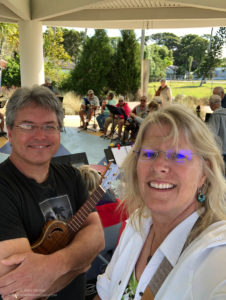
We visited Englewood, FL to participate in the Cowboy Chord Club, an acoustic jam group. I’m sure it seems kinda funny that we went on a vacation with our ukuleles and crashed a Meetup group, but we had fun! The group took song suggestions so Rod and I were able to rqeuest a few of our favorites to play. Afterward, we talked to the locals and were encouraged to check out their beach; so, we did. We found a waterfront restaurant with fresh fish and live music before we headed to the sun filled beach. As a result of low tide, many shells were visible and we shelled for a few hours before driving back to Matlacha. On our drive back, we found an alligator in a pond in front of a church. We made a quick U-turn to capture photos.
Marco Island and 10,000 Islands Boat Tour
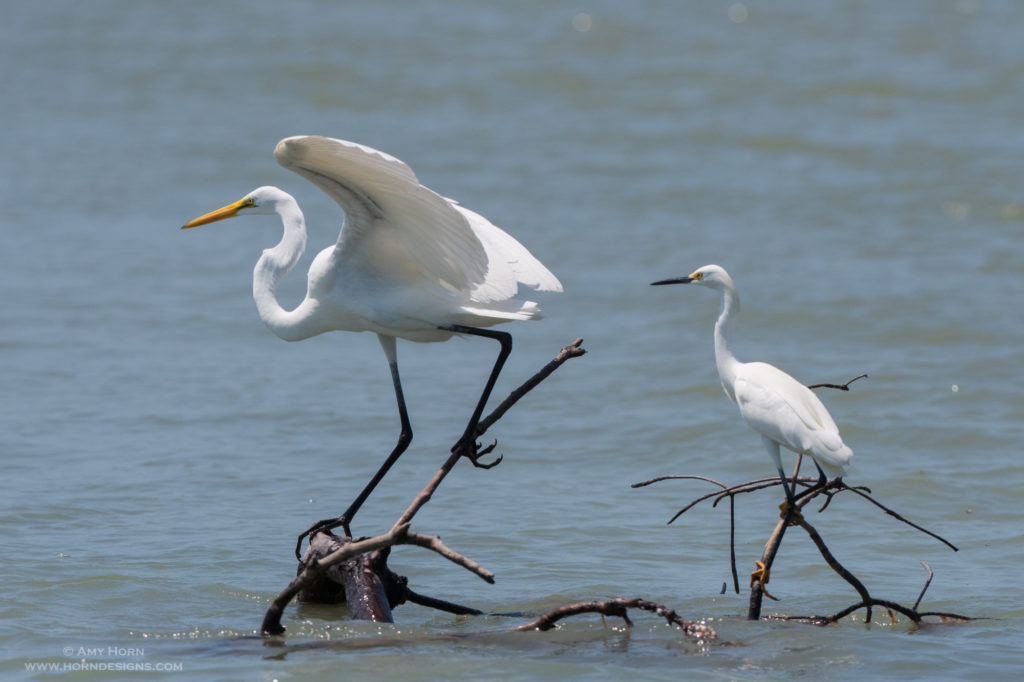
The tour on Marco Island named “10,000 Islands Boat Tour” was the only thing we scheduled before our trip besides the Airbnb, flight, and rental car. As It turns out, we were the only passengers on the boat, so I guess we didn’t need to schedule it so early. The tour was okay, we opted for a longer tour and later realized we didn’t get all that we were promised, however, we did see a lot of wildlife and get to visit one of the 10,000 islands that receives very few visitors. For example, we saw egrets, dolphin, osprey, heron, pelicans, a tern and spent more time shelling (our favorite past time). Capturing the birds from a moving boat was a new challenge and much harder the photographing birds in flight. (See “For the Photogs” below for details on photographing birds.)
Cape Coral
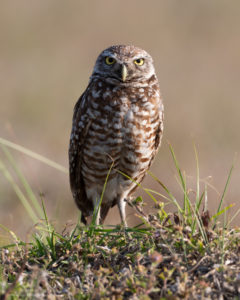
Before leaving Matlacha for the Everglades, we were told about burrowing owls in the Cape Coral area and went out to find them. It turns out we had driven past them for days! Since they are protected, stakes are places around their perch to protect the area. The more we drove, the more we saw them in empty fields, front yards, along busy roads…everywhere. I photographed them in many of these areas but preferred the empty fields. The front yards with groomed grass didn’t give the photo a natural feel. Read about how I used my tripod capturing these images, in my blog titled: Benefit of Using a Tripod. Stay tuned for the next post – Florida: Gators and Vultures.
For the Photogs:
To photograph flying birds, a minimum of 1/2000 shutter speed is used to stop the movement of the bird wings. However, when photographing stationary birds, the shutter speed can be slower. In addition, when I was on the boat, I shot at 1/5000 sec. shutter speed and the captain slowed down the boat too. It was still a tough shooting situation. Even though the captain slowed down the boat, the waves were unpredictable and always hit the boat when I was ready to press the shutter. For maximum success, used continuous focus, continuous shooting mode (burst), and image stabilization when photographing birds. As you would expect, it takes lots of practice and timing to capture strong images of wildlife. Good luck!
